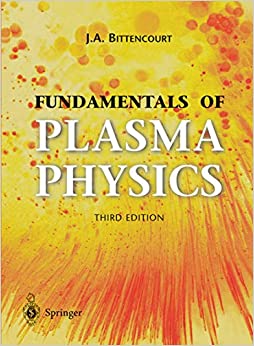The interatomic or intermolecular forces are usually represented in terms of a potential energy function V(r) such
Question:
The interatomic or intermolecular forces are usually represented in terms of a potential energy function V(r) such that F(r) = −dV(r)/dr. For neutral particles, at large internuclear distances, there is a slight attractive potential between the particles called the van der Waals potential (which is the long-range part of the Lennard-Jones potential). For like atoms or molecules in like states the van der Waals interaction potential can be represented by
![]()
where C is a constant (which depends on the type of particle), ao is the Bohr radius (0.0529 nm), and Ry denotes the Rydberg energy unit (13.605 eV). Calculate the van der Waals force of attraction between two hydrogen molecules (for which C = 24.0), and compare with the coulomb force between a proton and an electron at a distance r = Nao, where N ≫1.
Step by Step Answer:






